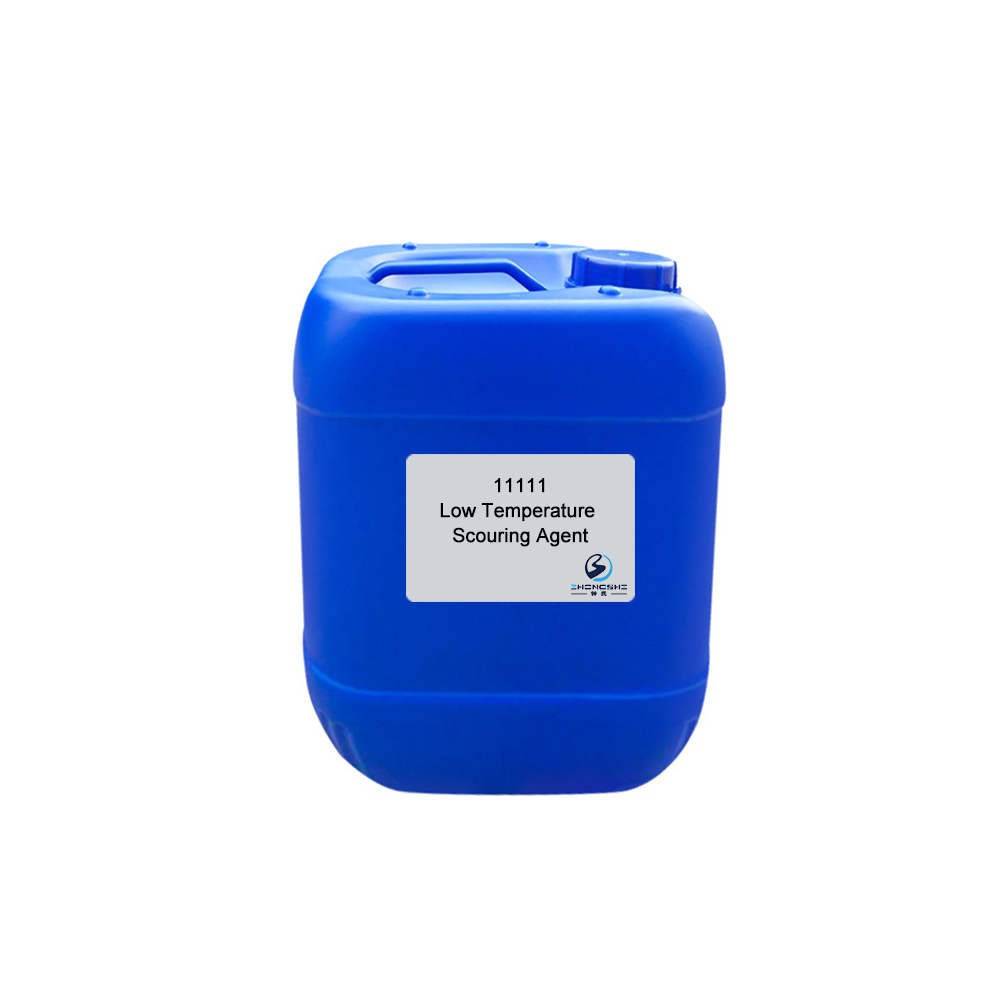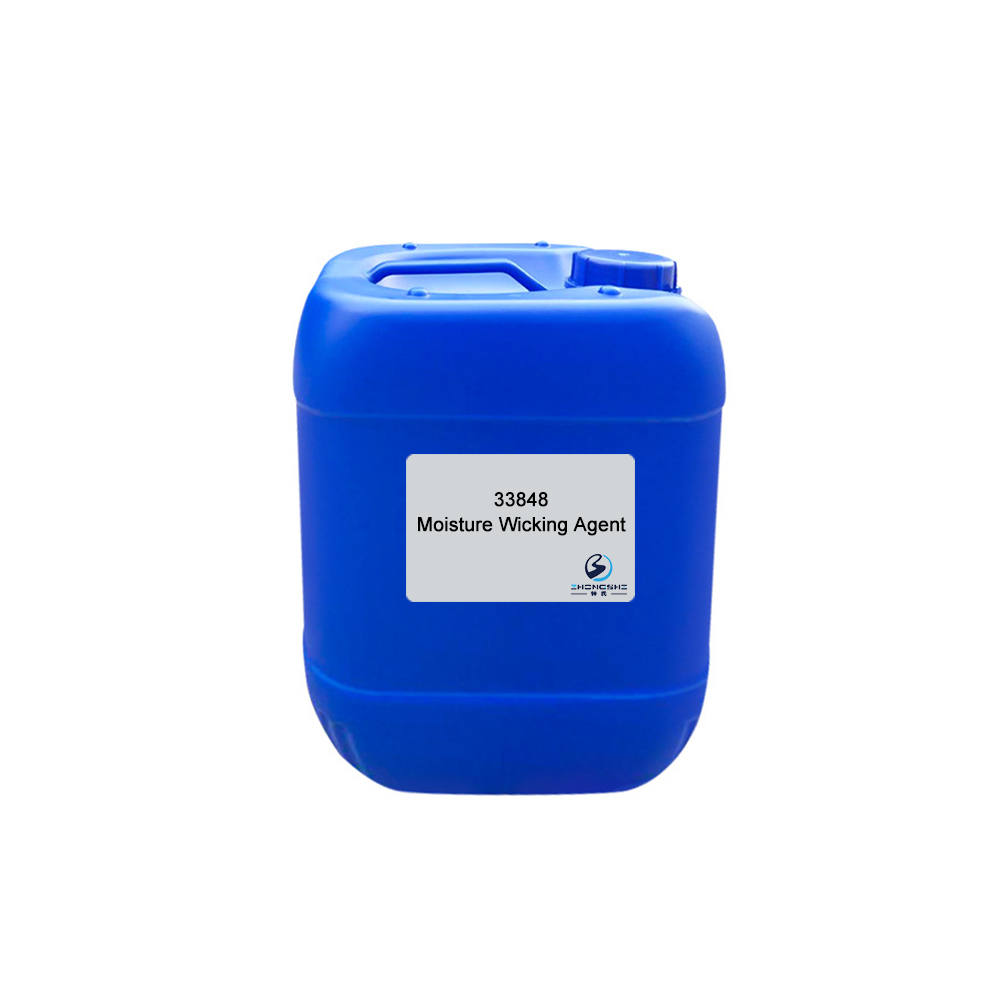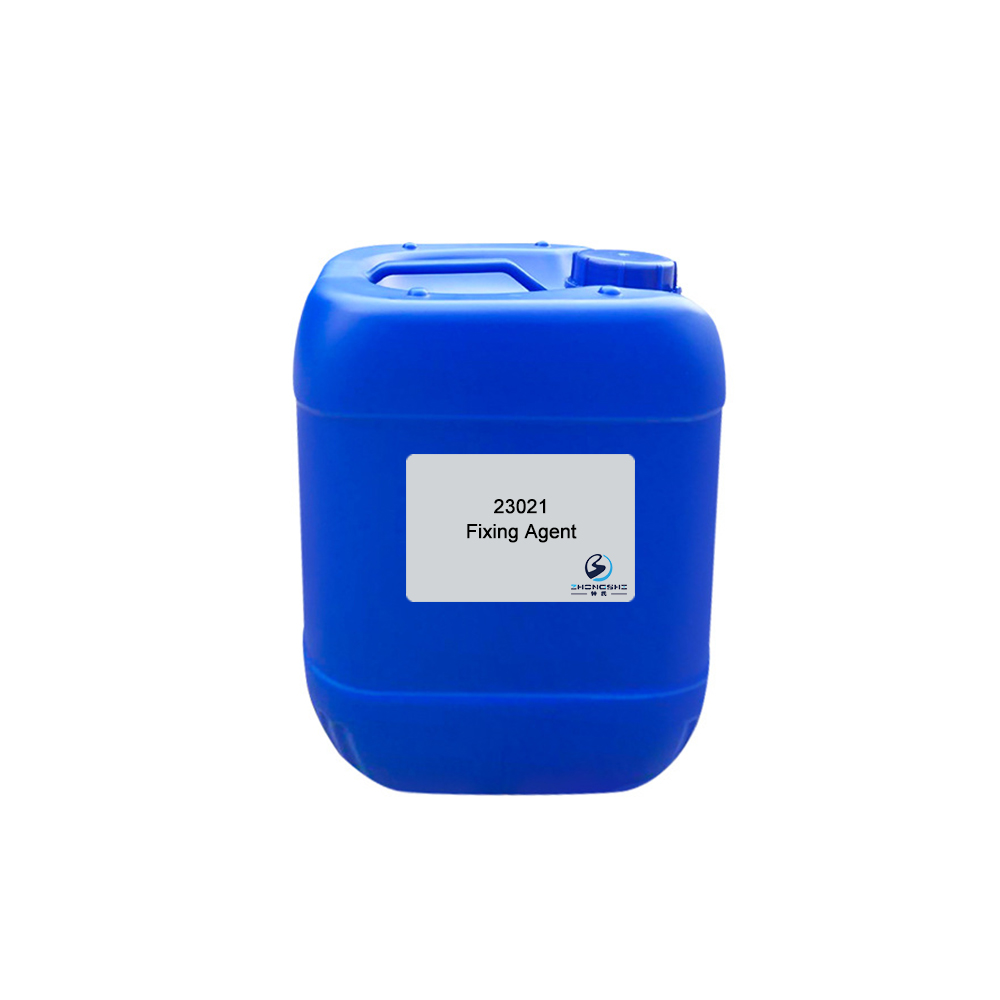22005 Textile auxiliaries dyeing and printing chemical levelling agent dispersing impurities cotton leveling agent
We consistently carry out our spirit of ”Innovation bringing enhancement, Highly-quality making sure subsistence, Management promoting profit, Credit score attracting prospects for 22005 Textile auxiliaries dyeing and printing chemical levelling agent dispersing impurities cotton leveling agent, Sincerely look ahead to serving you within the in the vicinity of foreseeable future. You happen to be sincerely welcome to go to our firm to talk small business face to face with each other and create long-term co-operation with us!
We consistently carry out our spirit of ”Innovation bringing enhancement, Highly-quality making sure subsistence, Management promoting profit, Credit score attracting prospects for Chemical Additive, China Additive Levelling Agent, Cotton auxiliary, Dyeing auxiliary, Leveling Agent, Levelling agent, During the development, our company has built a well-known brand. It is well highly acclaimed by our customers. OEM and ODM are accepted. We’ve been looking forward to customers from all over the world to join us to a wild cooperation.
Features & Benefits
- Contains no APEO or phosphorus, etc. Fits environmental protection requirements.
- Improves dispersing ability and dissolving capacity of reactive dyes and direct dyes. Prevents coagulation of dyes caused by salting-out effect.
- Strong dispersing ability for impurities on raw cotton, as wax and pectin, etc. and sediments caused by hard water.
- Excellent chelating and dispersing effect on metal ions in water. Prevents dyes coagulating or color hue changing.
- Stable in electrolyte and alkali.
- Almost no foam.
Typical Properties
| Appearance: | Brown transparent liquid |
| Ionicity: | Anionic |
| pH value: | 8.0±1.0 (1% aqueous solution) |
| Solubility: | Soluble in water |
| Content: | 10% |
| Application: | Cotton and cotton blends |
Package
120kg plastic barrel, IBC tank & customized package available for selection
TIPS:
Principles of dyeing
The objective of dyeing is to produce uniform coloration of a substrate usually to match a pre-selected color. The color should be uniform throughout the substrate and be of a solid shade with no unlevelness or change in shade over the whole substrate. There are many factors that will influence the appearance of the final shade, including: texture of the substrate, construction of the substrate (both chemical and physical), pre-treatments applied to the substrate prior to dyeing and post-treatments applied after the dyeing process. The application of color can be achieved by a number of methods, but the most common three methods are exhaust dyeing (batch), continuous (padding) and printing.






